
RV Electrical Systems Overview: Distribution Center
RV Lifestyle & Repair EditorsOnce connected to an outside power source the power coming into your unit is routed through RV electrical systems and distribution centers. The distribution center is where the fuses and circuit breakers are located and where the power is rerouted to the appliances and the converter for 12 volt electric sources.
Though most are similar, RV electrical systems can vary among different units. To get a better idea of the type of RV electrical systems used in your unit, take a look inside the distribution center. In there you will see the circuit breakers that operate the air conditioner, microwave and refrigerator. In most units you will also see the automotive style fuses that operate the 12 volt system such as the stove and lights on the inside of the unit.
If there is something not working properly that is hooked up to RV electrical systems it is possible to conduct some quick diagnostics to determine the cause of the problem.
When self-diagnosing an issue with RV electrical systems you will want to start by checking the circuit breakers. Flip the breakers on and off checking to ensure they are crisp and not sloppy. Look for any signs that the breaker is blown. This means it will not reset and stay up. If a breaker will not reset, it could be a worn or defective breaker. However, verify there is not a short in the RV electrical system that connects to this breaker prior to replacing it.
On the 12 volt side of the RV electrical system you can diagnose an electrical problem by using a meter and testing each fuse connection to ensure there is enough power going through each one.
Older RV electrical systems had the distribution center and 12-volt converter together in one location. They were loud and put out a tremendous amount of heat. Newer models have the distribution center with the circuit breakers and 12-volt fuses in an accessible location, but the 12-volt converter is separate, usually tucked away in a cabinet or underneath in basement models. Out of sight, out of mind.
Once you have taken a look at the electrical system, you will be able to further determine where the power issues are coming from.
Explore videos by RV Lifestyle & Repair Editors
Premium Membership
Unlock exclusive member content from our industry experts.
- 24/7 Access to Premium RV Maintenance Videos, Travel Inspiration, and Lifestyle Tips
- Step-by-Step Instructional Demos, Projects, and Guides
- 50% Off Video Downloads Purchased in the RV Lifestyle & Repair Shop
- Access to Ask the Expert Program
Unlock exclusive member content from our industry experts.
- 24/7 Access to Premium RV Maintenance Videos, Travel Inspiration, and Lifestyle Tips
- Step-by-Step Instructional Demos, Projects, and Guides
- 2 Full-Length Video Downloads to Watch Offline
- 50% Off Video Downloads Purchased in the RV Lifestyle & Repair Shop
- Access to Ask the Expert Program
Gold Membership
$333 Value
Get everything included in Premium plus exclusive Gold Membership benefits.
- 24/7 Access to Premium RV Maintenance Videos, Travel Inspiration, and Lifestyle Tips
- Step-by-Step Instructional Demos, Projects, and Guides
- 9 Full-Length Video Downloads to Watch Offline
- 2 Full-Length RV Repair Classes to Keep for Life
- Discounts on Purchase-to-Own Content in the RV Lifestyle & Repair Shop
- Access to Ask the Expert Program
- Exclusive GOLD LIVE Streaming Events

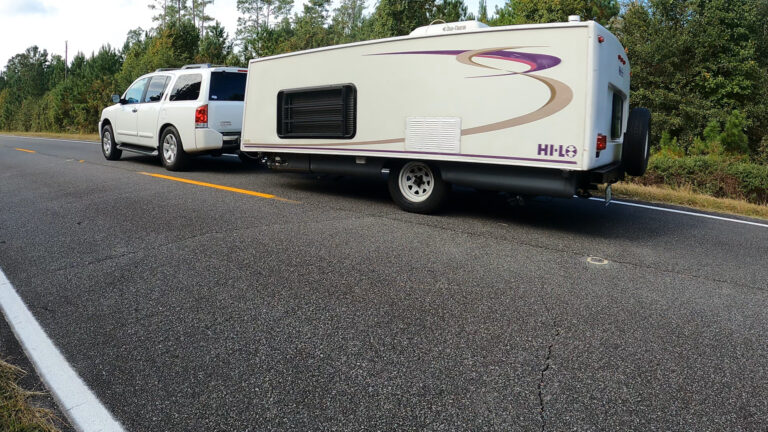
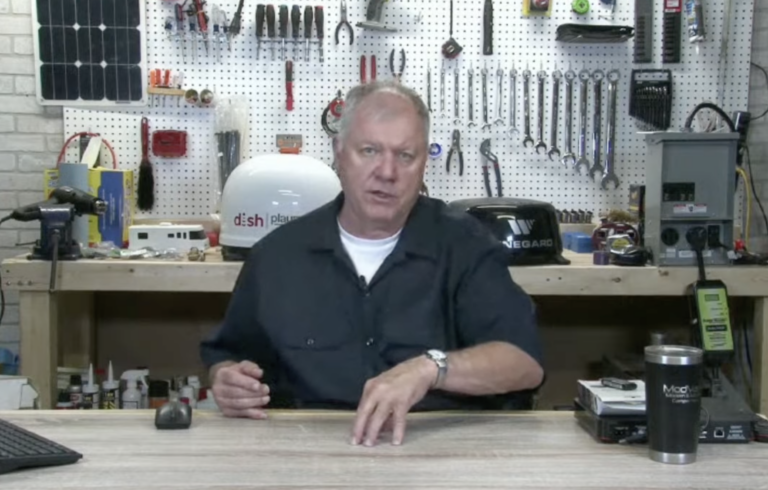


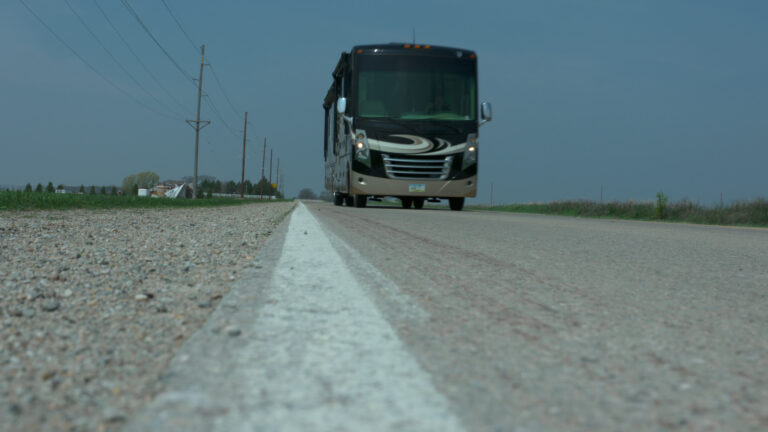
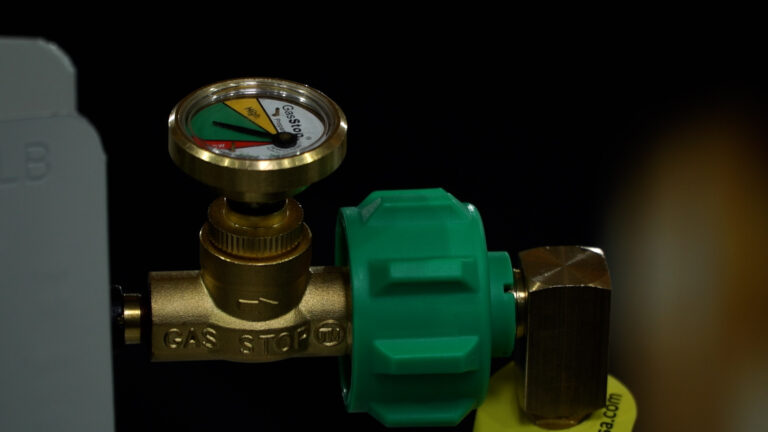



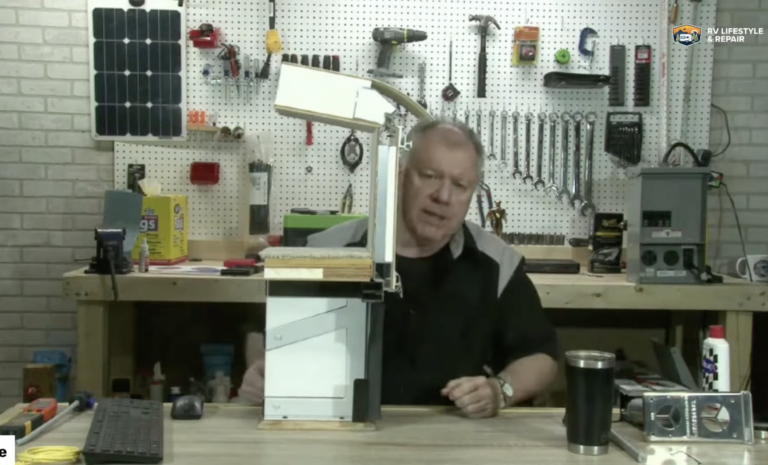

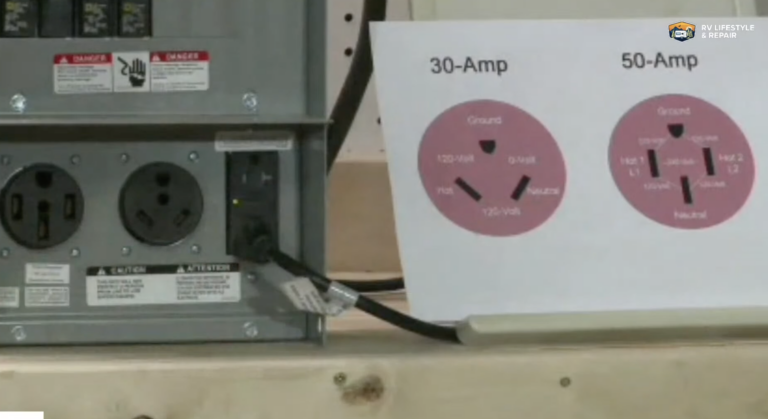

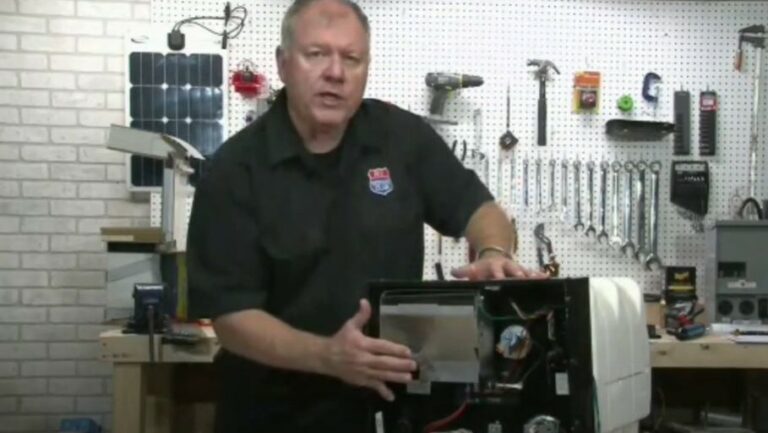
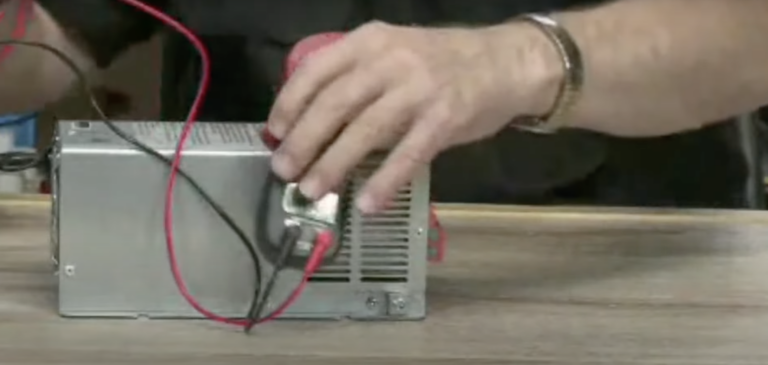
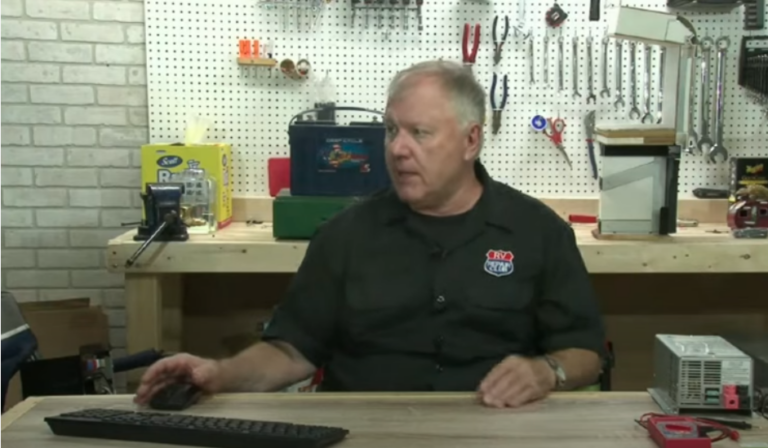
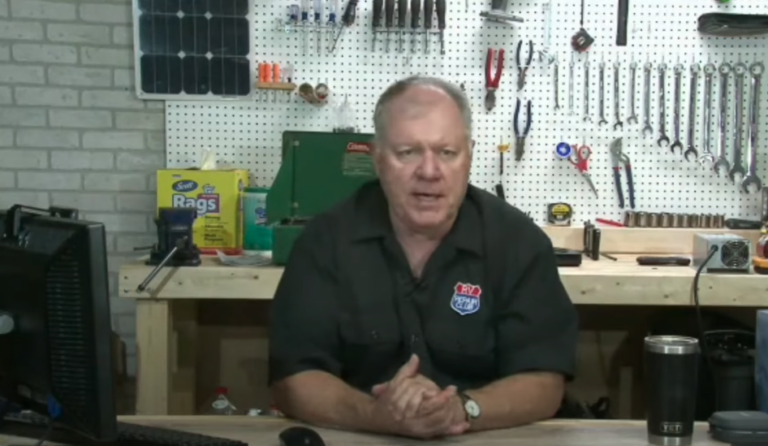
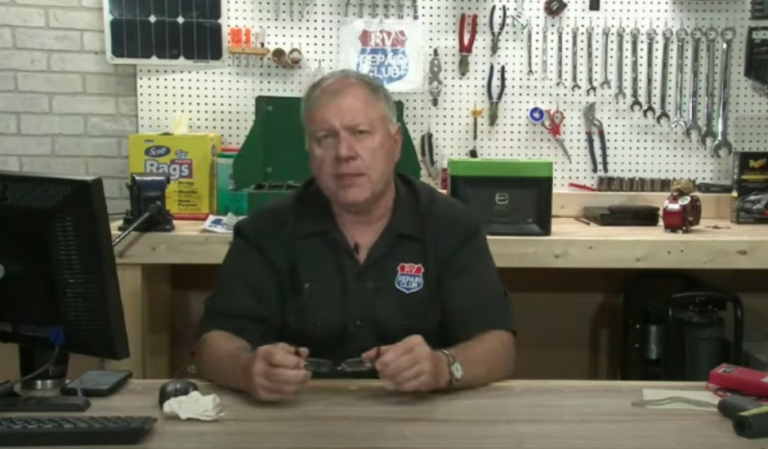
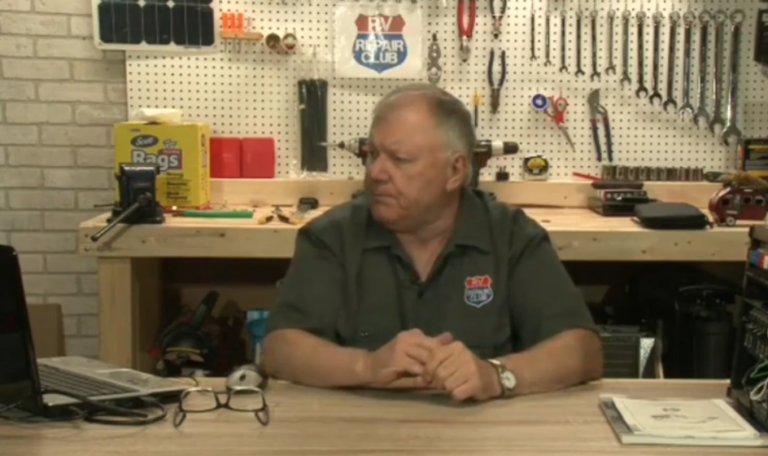
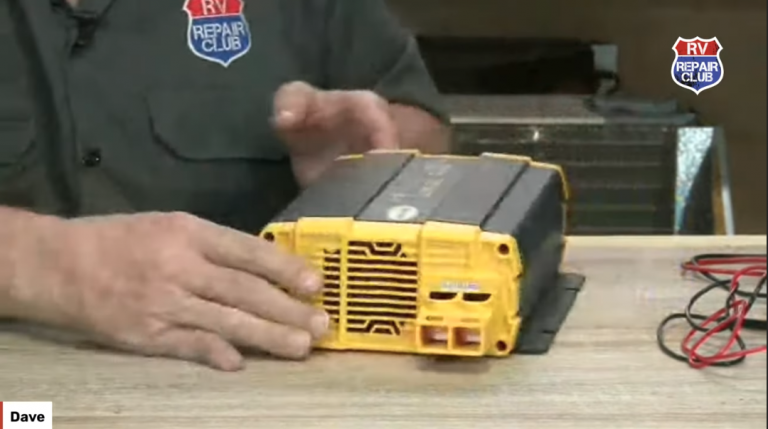
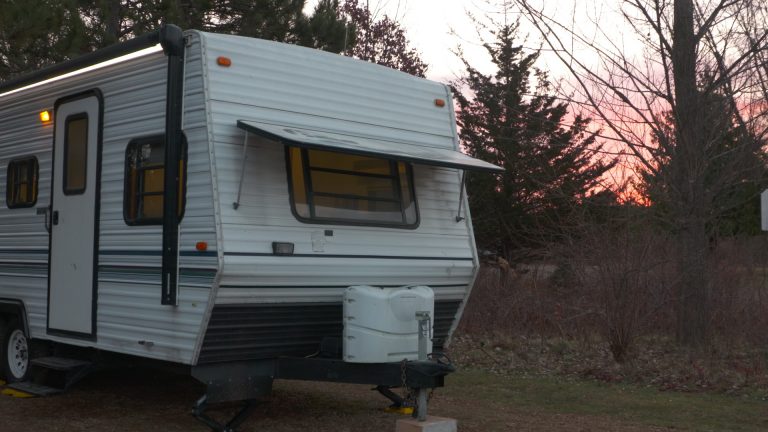
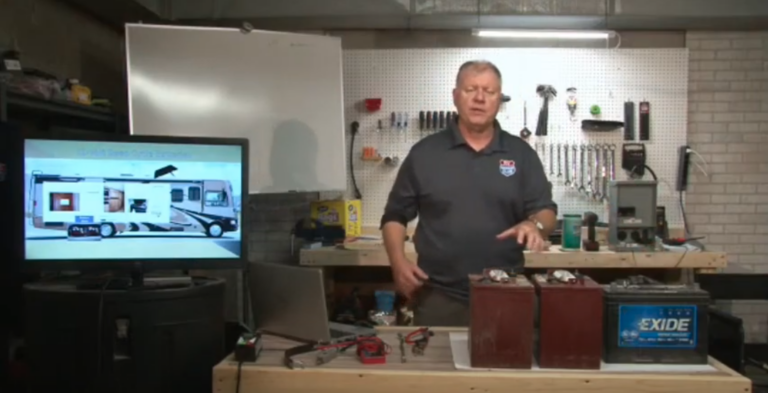
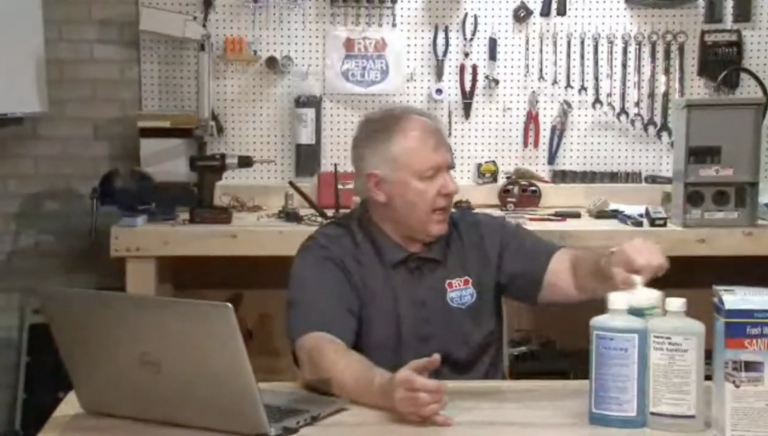
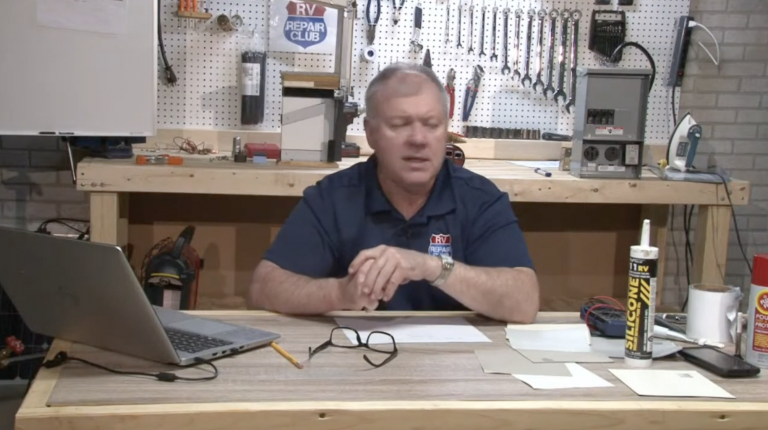



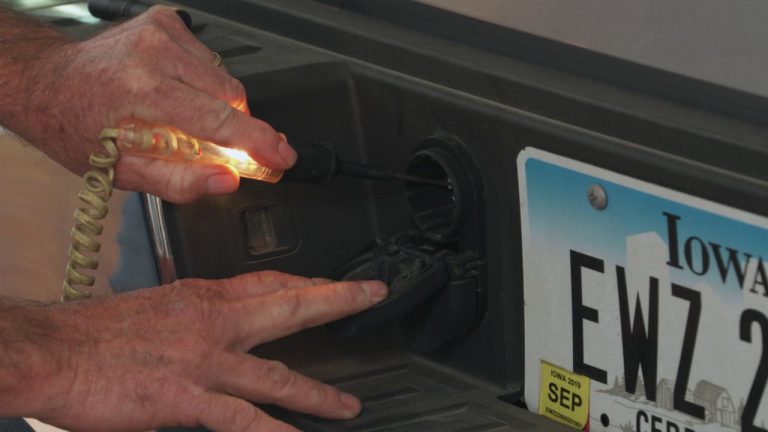




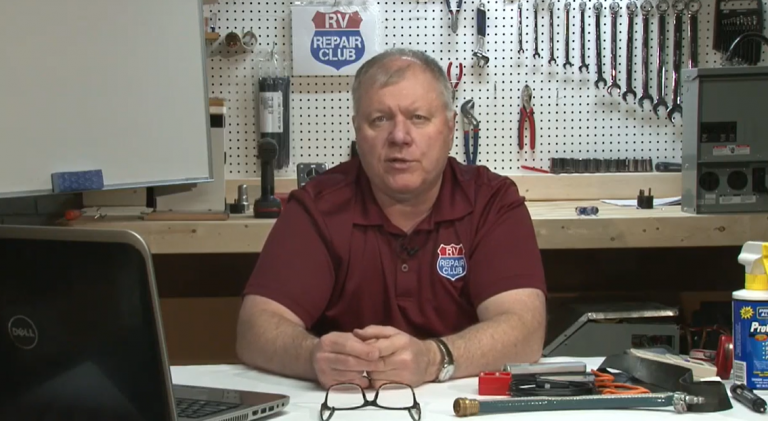
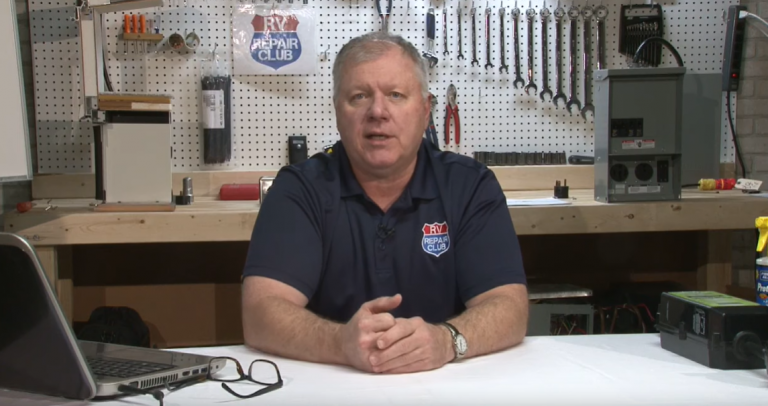

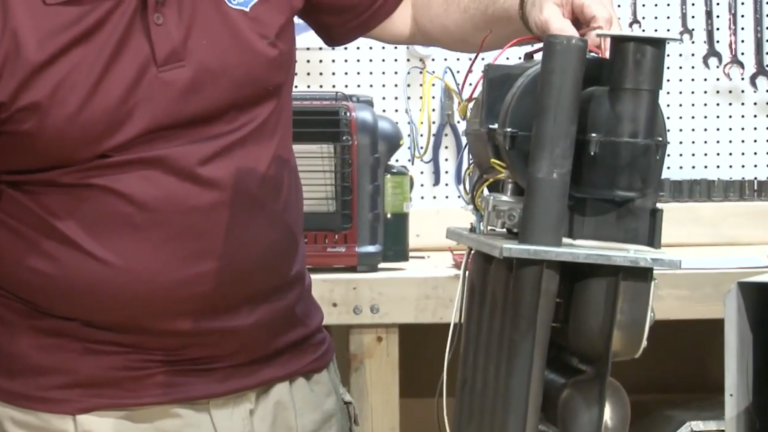
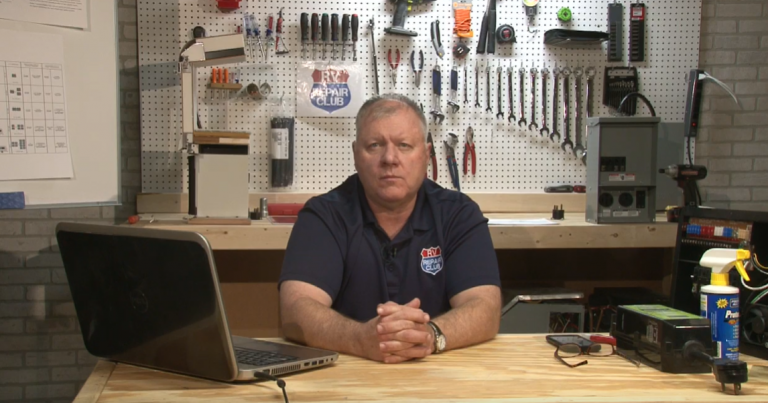

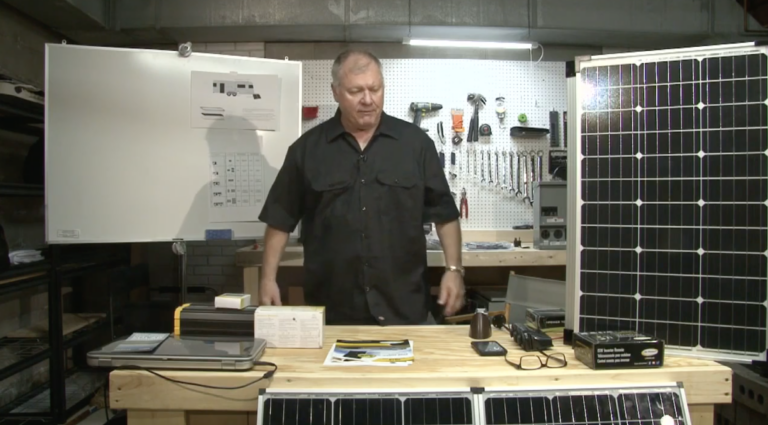
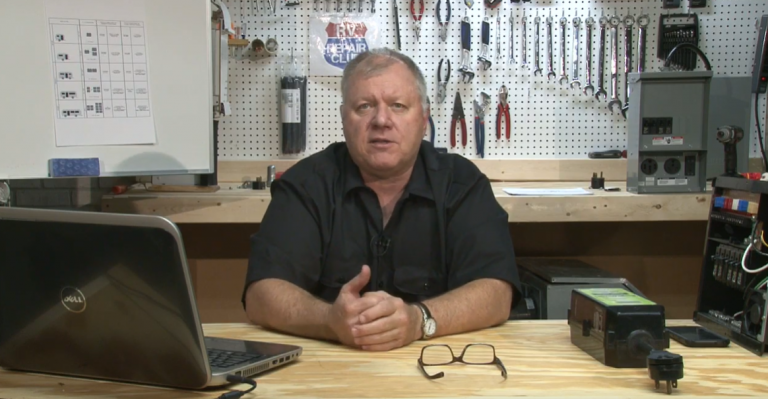
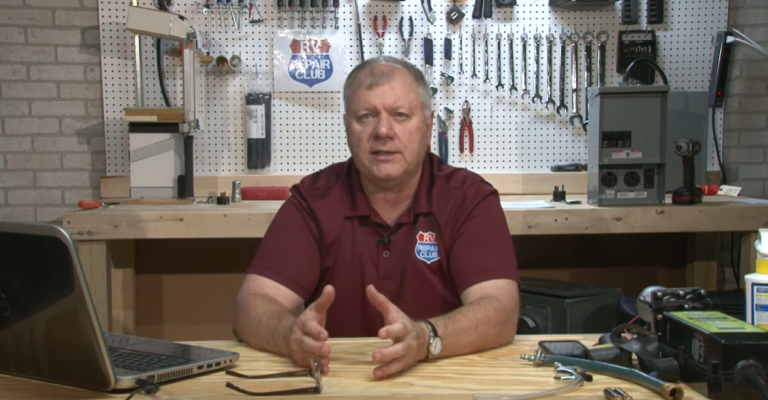


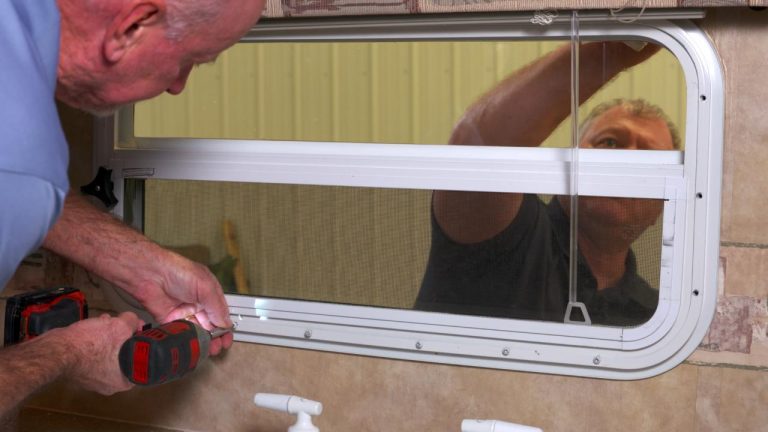
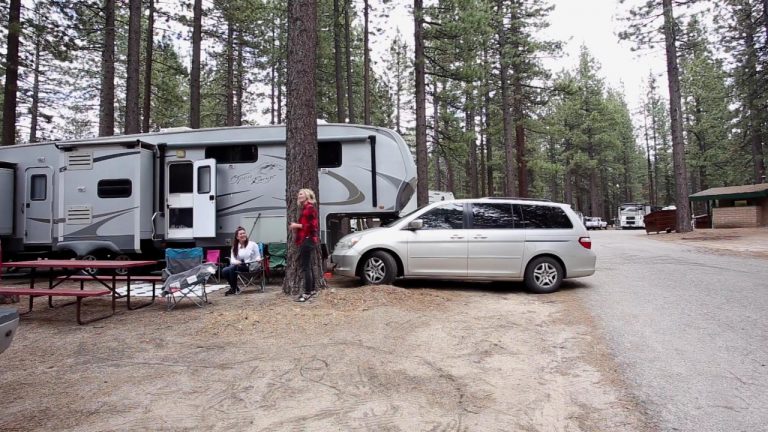


Share tips, start a discussion or ask one of our experts or other students a question.
Already a member? Sign in
No Responses to “RV Electrical Systems Overview: Distribution Center”